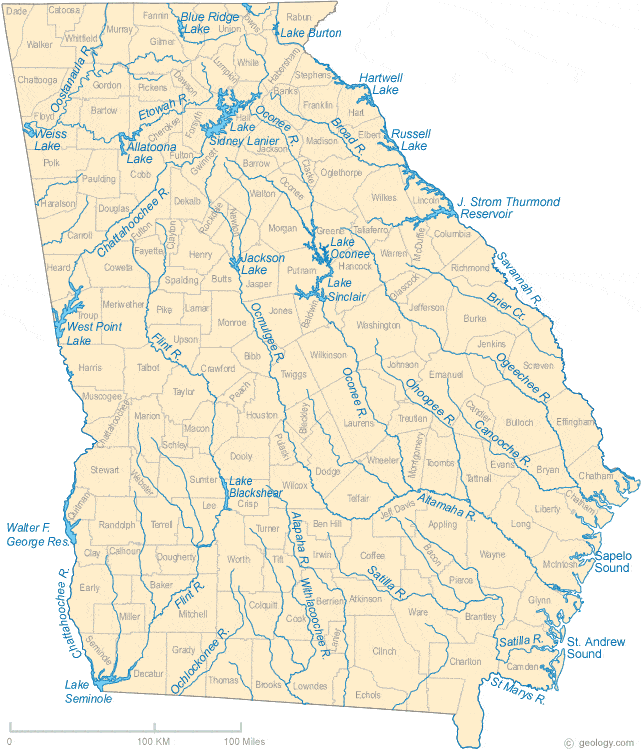 So
Georgia state law requires protection for perennial river corridors
and
the major rivers in the WWALS watersheds qualify as perennial rivers.
What are the rules?
Apparently to be a “Qualified Local Government” a comprehensive plan
including River Corridor Protection Plans with
protection for a natural vegetative buffer area
bordering each protected river is required.
So
Georgia state law requires protection for perennial river corridors
and
the major rivers in the WWALS watersheds qualify as perennial rivers.
What are the rules?
Apparently to be a “Qualified Local Government” a comprehensive plan
including River Corridor Protection Plans with
protection for a natural vegetative buffer area
bordering each protected river is required.
Rules of Georgia Department of Natural Resources,
Environmental Protection Division
Chapter 391-3-16
Rules for Environmental Planning Criteria
391-3-16-.04 Criteria for River Corridor Protection
Continue reading
(1)(b) The Comprehensive Georgia Planning Act of 1989 provides for the development of coordinated and comprehensive planning by municipal and county governments. Such comprehensive plans shall consider the natural resources, environments, and vital areas within the jurisdiction of the local government. Maintenance of the status as a “Qualified Local Government” is contingent upon the development of such comprehensive plans (O.C.G.A. 50-8-1 et seq.).


